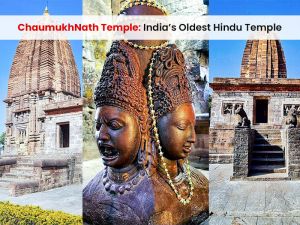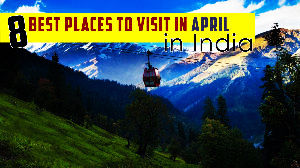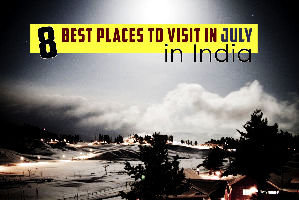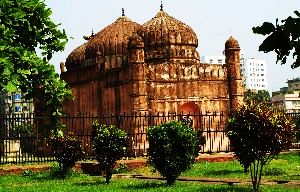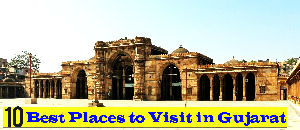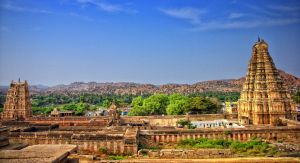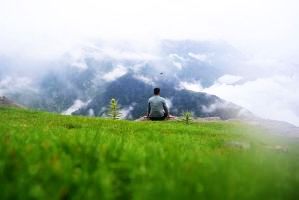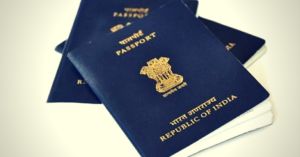Himalayas are the pride of India! Tall, majestic, with their proud demeanour, snow-capped peaks as a crown, the lower peaks full of lush greenery add to the beauty! These holidays, go to the Himalayas. A spiritual holiday, an adventure, a family holiday, or a honeymoon, the Himalayas call you every time with love and an open heart. India is rich and so are the Himalayas with their natural beauty. Thus, there are many places where you can spend an Unforgettable Himalayan Holiday in India and neighbouring countries. Some of them are listed as below:

Boasting the highest peak in the world, Mount Everest, the Himalayan mountain ranges is one of the most beautiful and mesmerizing natural wonders of the world famous for various adventure sports. Trekking is one such event which is quite famous in these parts. Trekkers from all around the globe come in search of a challenging yet fulfilling journey.
The subcontinent of India has the natural splendor and perfect landscape to play host to a plethora of tedious and challenging treks. The visually stunning Himalayas are home to treks which are in some of the highest parts of the world. The Himalayas have numerous routes for carrying out treks. A few of them are given below.
1. THE CHADAR TREK

One of the most daunting treks in the Himalayas, the Chadar trek spans approximately over nine long days walking through the lovely white snowy mountains of Kargil, Jammu, and Kashmir and reaching heights as high as 11000. This journey makes one see the frozen river of Zanskar which flows through the splendid ravines and canyons of Ladakh. Chadar trek stays true to its moniker as it is popular for its blanket of ice which covers the entire river of Zanskar during the winter month. Thus, the trekkers get to experience walking on sheets of ice and camp inside caves to protect themselves from the freezing temperatures which may fall to -30 degrees Celsius. The trek starts initially from the frozen river in Zanskar, a small village of Chilling. The path that needs to be travelled is almost 105 km long, and thus, one must be physically fit to pull off this trek.
January to February is considered to be the best time to carry out this thrilling trek in the Himalayas.
2. STOK KANGRI TREK

Having gained popularity in recent times, Stok Kangri Trek in Ladakh is one of the most attractive tourist trips in today’s times. The reason is that it offers the tourists the blissful peace and serenity of its deserted surroundings. It is almost a 10-day trek which makes one accustomed to the neighbouring views of Leh.
The Stok Kangri trek has been separated into two parts, mainly for the technical and non-technical trekkers. This trek is considered a daunting one, as it has an elevation of about 70% of that of Mount Everest. The entire trail contains various ridges so one might feel a sudden change in scenery during the journey.
This trek has a maximum elevation of 20000 ft, which is just shy of some of the highest peaks in the world. The best time to visit is in the months of July to September and difficulty increases a lot in the winter months of December.
3. ROOPKUND LAKE TREK

Lovers of mystery will definitely be intrigued when they trek to Roopkund Lake, also known as Skeleton Lake. This is because the lake contains the dead skeletons on the water bed or near the edge. These are said to be the remains of the dead people from the 9th century.
Roopkund Trek is a glacial trek with beautiful spots and lovely green grasslands on the way. Experienced trekkers and beginners should generally hike this place should avoid this route because of its difficulty levels. One gets to view the mesmerising peaks of Trishul and Nanda Ghunti, elevated at the height of 16,499 ft, which is covered with ice for most time of the year.
The best time to carry out this journey is in the months of August and September.
4. PIN PARVATI TREK

At an altitude of 5319m, The Pin Parvati Pass is amongst the best treks for well trained and professional trekkers at an altitude of 5319 meters amidst the natural beauty of the green Parvati Valley and enthralling landscapes of Kullu and Spiti Valley. The most daring factors of this trek are its steep rocky climbs which lead to high snow-capped peaks through rocky terrains in very low temperatures and heavy snowfall or rains that occur throughout the year.
5. KUARI PASS TREK

The Kuari Pass Trek in Garhwal Himalayas follows the route of the Curzon trail, as it is famously known, through the junction of several rivulets, lovely Oak and Deodar forests, a never-ending stretch of meadows or ‘Bugyals’ and Rhododendrons. Kuari also gives its visitors several picturesque views from its peak that lies at an altitude of 13,989 feet. From the top of Kuari, one can observe some spectacular snow-capped peaks. One might even come across a footprint or two of either the Himalayan Bear or Leopard.


